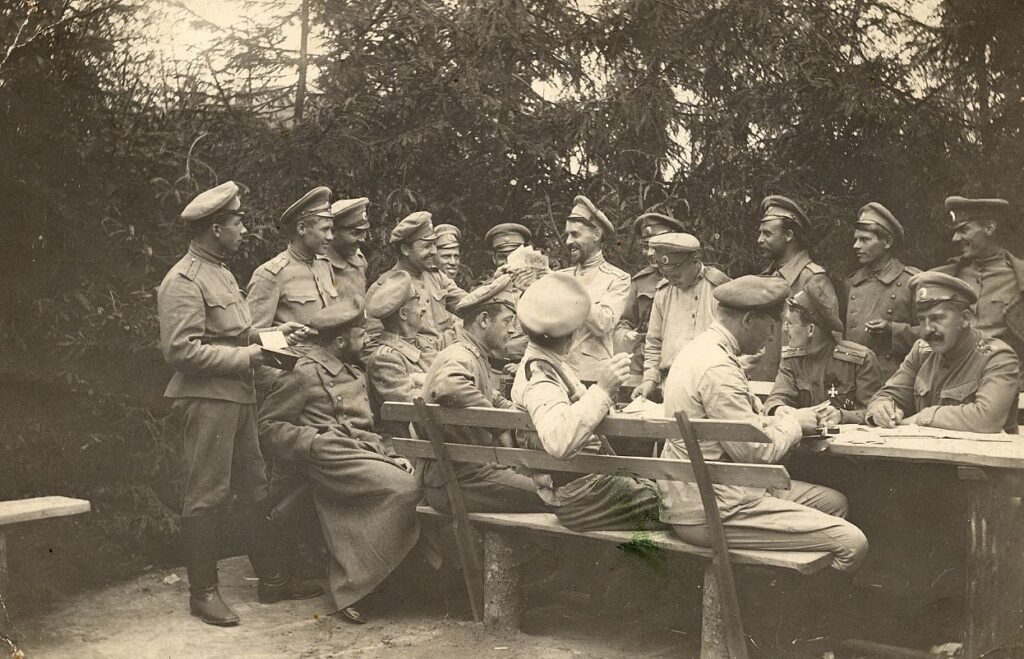Welcome to Augsdaugava district! Eight bends of the Daugava River, the most beautiful sunsets and sunrises, wild horses and cranes’ yelling, magnificent manors and castles, delicious food and hospitality – this is Augsdaugava region, the place where Selonia and Latgale meet!
We are currently in the place where Latvia begins. About 3 km to the Lithuanian side is located the sculpture ” Saules puke “.

GPS: 55.6758283 , 26.5812361
“Saules puke” (1999) is one of four sculptures of the sculptor Vilnis Titans. The author created four granite sculptures and placed them in the most remote locations in Latvia within the project “Latvia in the Sun’s Sign”. These sculptures were devoted to the 80th anniversary of the proclamation of Latvia’s independence. “Saules puķe” denotes the farthest southern point.
The marked cross-border route that crosses the territory of Latvia and Lithuania is offered for your attention. During the First World War, the front line of “Life and Death” was located on the territory of Latvia and Lithuania for several years. A complex system of fortifications with ditches, trenches and bunkers was built on both sides of it. Thousands of soldiers fought and died in fierce battles here, as evidenced by the countless burials of fallen soldiers. During the route No. 790, it is possible to see several better-preserved bunkers, as well as the expositions of the First World War in Medumi and Turmantas (Lithuania), dedicated to the First World War. World War I was a global armed conflict between the Allies, led by the Entente on one side, and the Central Powers on the other, which lasted from 1914 to 1918. During the First World War, at least 230 soldiers died every hour.

People in the positional war had a difficult life and routine, the weakest did not survive, choosing suicide or completely incomprehensible behavior. Gefreiter Bonhomme of the 4th Company of the 255th Infantry Regiment (77th Division), who had been sent to observe the enemy, completely unexpectedly decided to defect to the enemy’s side, giving the most accurate locations of his friends, which resulted in the dead and wounded soldiers from the Russian fire. It is obvious that such accidents would not have happened if officers had paid more attention to soldiers and they had had more to do. On the other hand, it was necessary to identify the ways in which soldiers of the front could rest, recover, to avoid exhaustion and nervous crisis. The general principle was two-thirds of soldierrs in service, one-third in reserve. Since each regiment had its own field of responsibility, two battalions of the regiment had taken up positions, one being based in reserve.

The reached border of the German Empire in 1915, which met the minimum stability requirements of the two warring parties, became within a few years the border of civilization, that was determined by logistical, cultural and military factors. Under the influence of Western European civilization, Europe shifted several hundred kilometers to the east and northeast, creating the conditions for the creation of a new type of cultural zone – Central Eastern Europe. These changes created the conditions for the emergence of pro-Western (pro-German) Lithuania. These changes also affected the formation of military civilization, which is observed until 1953, but after the revolution of 1988-1993 it can be traced to the present day.
